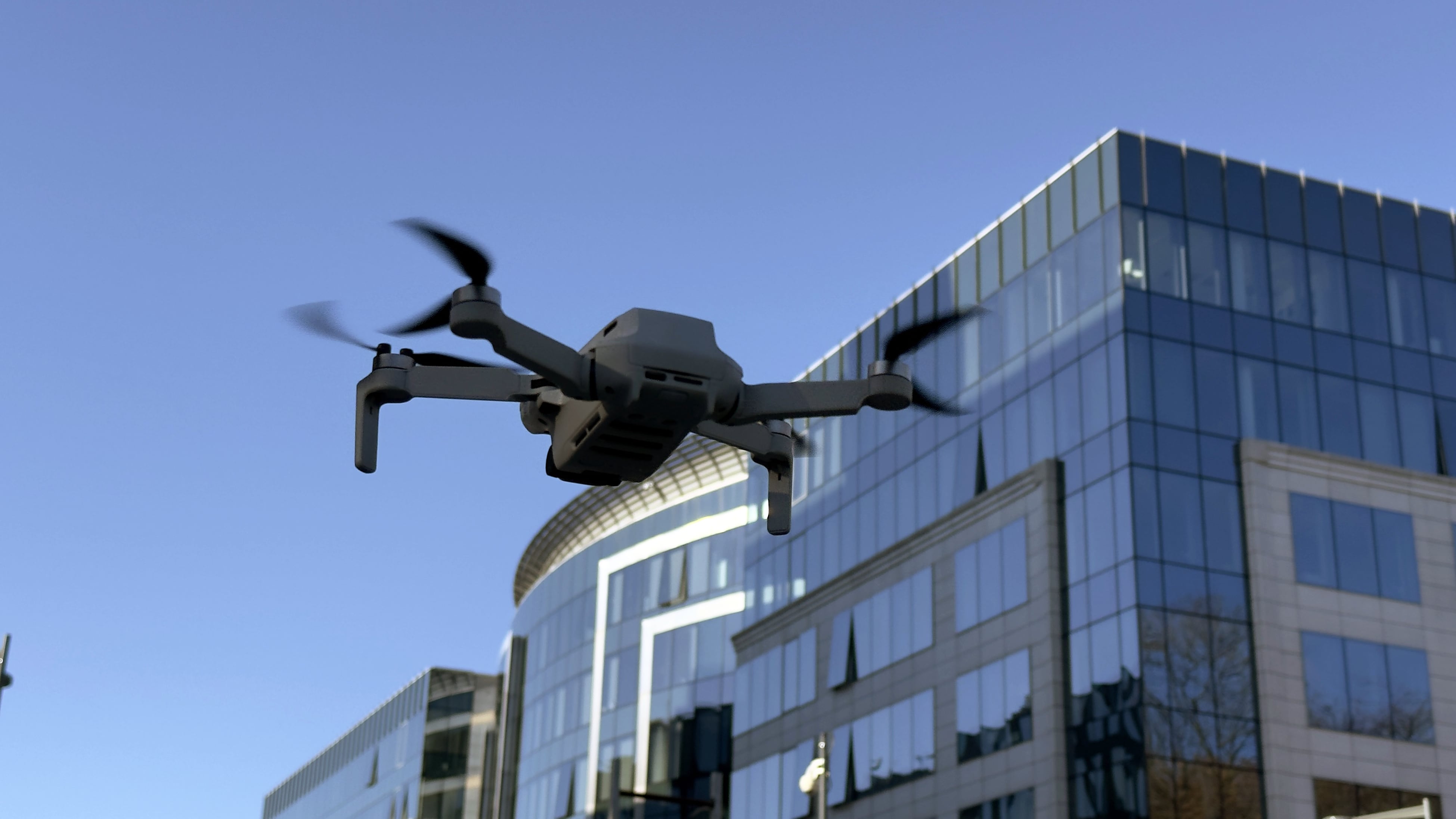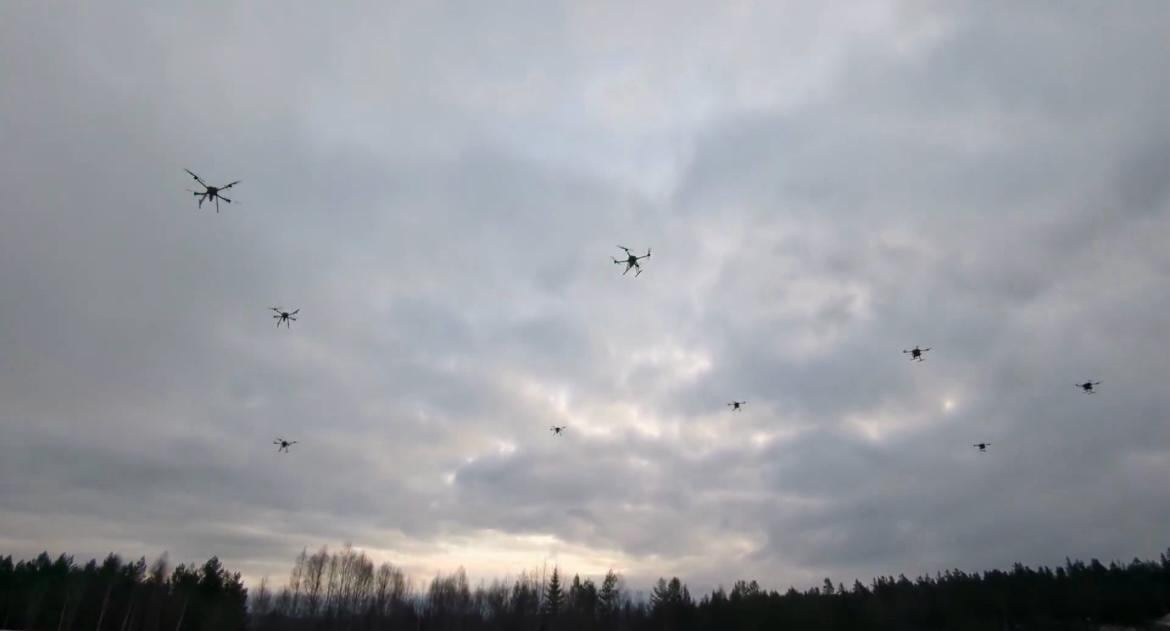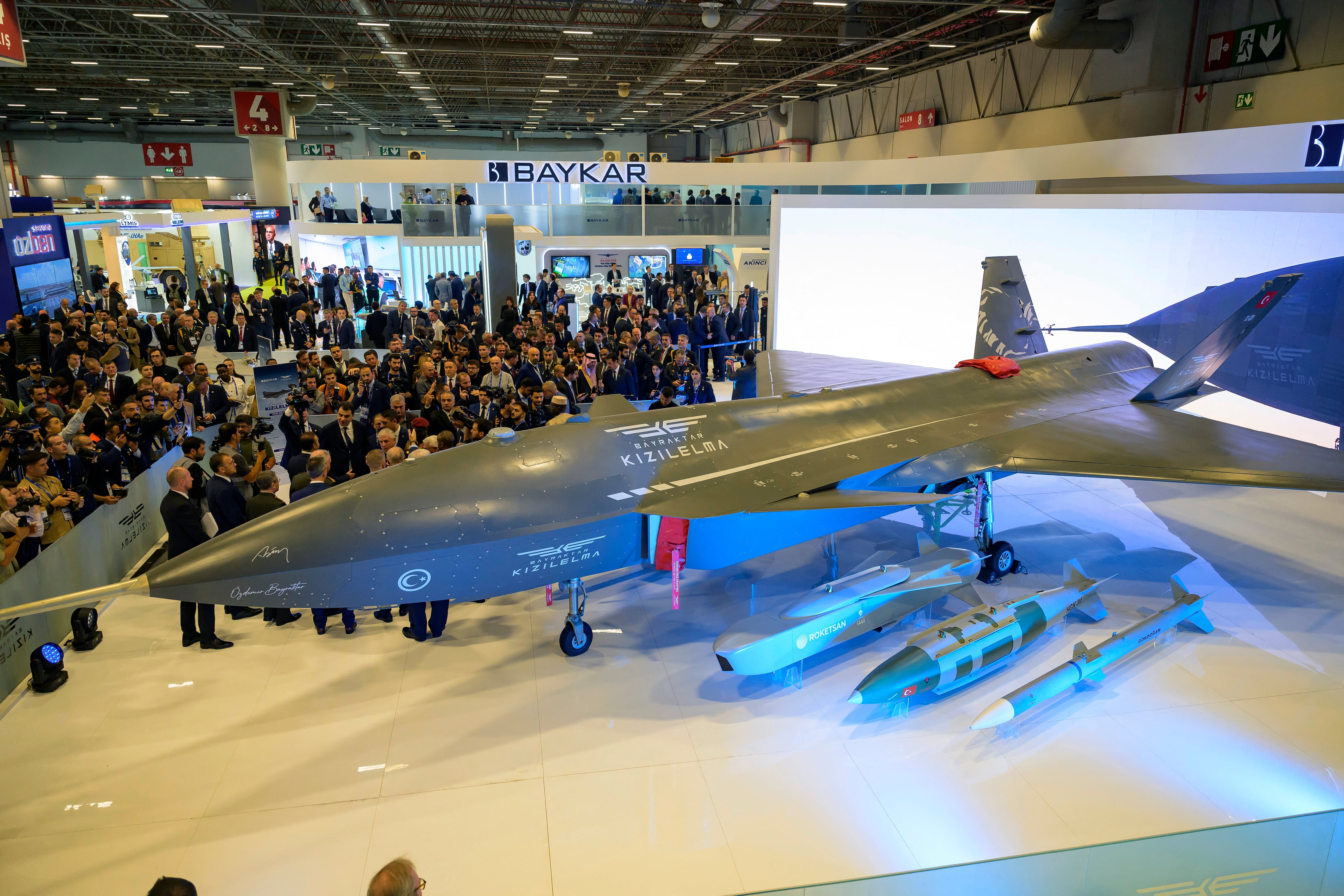The Defense Department and Cyber Command have expressed a deadline of Sept. 30, 2018, for all the services’ cyber mission force teams to reach full operational capability.
The head of 24th Air Force/Air Force Cyber, or AFCYBER, has told his team he wants the service’s contribution of 39 CMF teams to declare FOC by June 30, 2018.
“The main thing I wanted to do is I wanted to make sure we had breathing room to the DoD-mandated goal line of the end of September,” Maj. Gen. Christopher Weggeman told Fifth Domain in an interview. “I don’t want to miss it by a person or a team because we didn’t have room to mitigate and have pads for additional training requirements, people who can’t complete training so they wash back or wash out or we have trouble.”
Based on projections and information at his disposal, Weggeman said June 30 should not be a hard goal for the force to reach FOC.
Cyber Command missed its initial operation capability deadline at the end of September 2016 with a few validations issues of cyber warriors on a cyber team finally hitting the mark in late October.
The cyber teams within the CMF are made up of offensive, defensive and analytics teams.
For the Air Force, specifically, they are taking a total force approach to their CMF build using Guard and Reserve units to count toward the 39 teams they owe Cyber Command.
[Air Force leveraging Guard, Reserve to build cyber mission forces]
Weggeman said the Air Force has two cyber protection teams and a national mission team that are being sourced from Guard and Reserve units.
Using a total force approach is the “right optic,” he said, as it ensures total force is committed to the cyber mission force build and allows the Air National Guard and the Air Force Reserve to learn and observe at the same pace as the active duty. This way everyone is on the same step in terms of institutional knowledge and what it takes to conduct operations in cyber.
The Army is also incorporating the Guard and Reserve into cyber units; however, their Guard and Reserve teams are not being counted to the 41 CMF teams they owe Cyber Command.
[What’s up with the Army’s Guard and Reserve cyber forces]
[Army mobilizes largest-ever National Guard cyber task force]
This sourcing, however, poses the greatest challenge to Weggeman’s June 30 deadline as these Guardsmen and Reservists have to find time to get away from their full-time employers and family schedules to get into the training classes ahead of time. The good news, Weggeman said, is the personnel needed to fill these teams have been identified by name and billet with a calendar for all training projected out to March 2018.
While currently offensive authorities rest at the highest levels of government and those are orchestrated and executed through Cyber Command, Weggeman said the force is looking at how they might employ organic offensive capability in the future — something the Army is also looking at within tactical maneuver units.
[Offensive cyber still in infancy, says Air Force official]
Right now the service is looking at frameworks, which will help provide offensive cyber effects delivery in direct support to the air component commander or the space component commander, he said.
They’re understanding the frameworks through how to present offensive capability leveraging the Air Force’s cryptologic component authorities and the people that do the support to NSA. Then, the next step is how to certify them so after an interagency deconfliction process, they have the ability be able to employ effects.
“Our platform and the multitude of our platform‘s speed, range, reach, stealth, as well as our ability to do war-fighting integration across all five of our core mission areas, I think uniquely posture us in the future just along with the Army’s thinking to provide a wider spectrum of maneuver and effects capabilities for the tactical forces we have supporting our air component commanders,” Weggeman said.
In terms of the CMF and the Air Force’s contribution to the joint fight, cyber teams will be provided to combatant commands to help get at the objectives of combatant commanders in their respective theater. As the commander of Joint Force Headquarters-Cyber, Weggeman is responsible for advising the commanders of U.S. European Command, U.S. Strategic Command and U.S. Transportation Command on the employment of cyber effects.
“What we deliver is cyber in war, not cyberwar for cyber’s sake,” he said. “It’s all about all domain integrated effects that achieve both our air component commander and the joint force commanders’ objectives in his or her battlespace.”
Cyber is a warfighting domain no different than the other four, Weggeman said.
“Just like air, land, sea and maritime power projections, what we’re working with the combatant commands to do is project power in, from and through cyber, integrate it in their battle plans so it’s timing and tempo is set by the commanders in the field based on the scheme of maneuver that they have on the ground,” he added.
“What can cyber do; how does cyber become the artillery shell; how does cyber become the bomb; how does cyber make electronic warfare more effective? Whenever they have a target or a targeting problem, they’ll put it up for all the components to look at. If they say they need to take out an integrated air defense system, whether they’re using F-16s or suppression of enemy air defense, now they have us. They’ll say, ‘Gen. Weggeman what can you offer and what capabilities do you have?’ We would say, ’We have x, y or z.’”
The process for joint targeting is the same in cyber as in any other domain, Weggeman said.
Weggeman also explained that as the executive agent for the Unified Platform for Cyber Command — described as a common platform for offensive and defensive capabilities — the service is taking an integrated approach with a governance body looking to put a program management office online. The Air Force, through Air Force Space Command and the Air Staff working with Cyber Command, is looking at how to do toolset development and agile software development.
The UP will be critical as Cyber Command continues to grow in capability and capacity to employ independent Title 10 military cyber operations separate from those conducted by the National Security Agency, which is in the intelligence business.
[Here’s what Cyber Command’s war-fighting platform will look like]
From an AFCYBER perspective, Weggeman said he’s providing subject matter expertise and operators that can provide operational capability requirements into the UP development processes.
Mark Pomerleau is a reporter for C4ISRNET, covering information warfare and cyberspace.
More In








